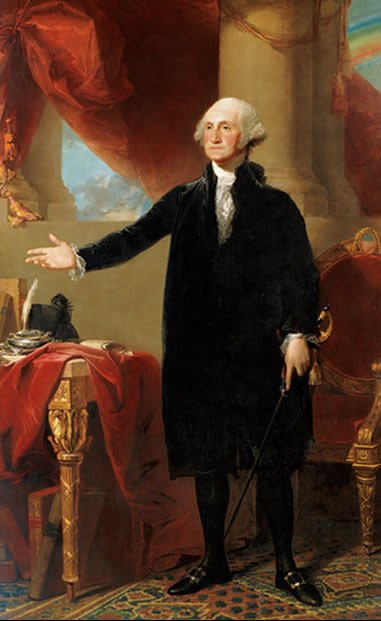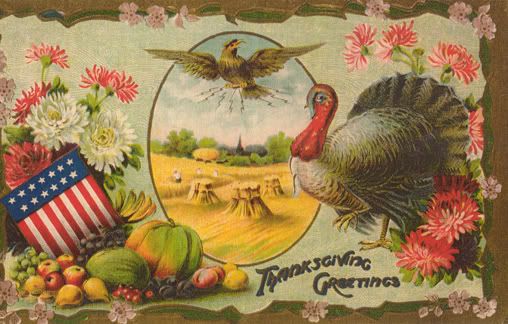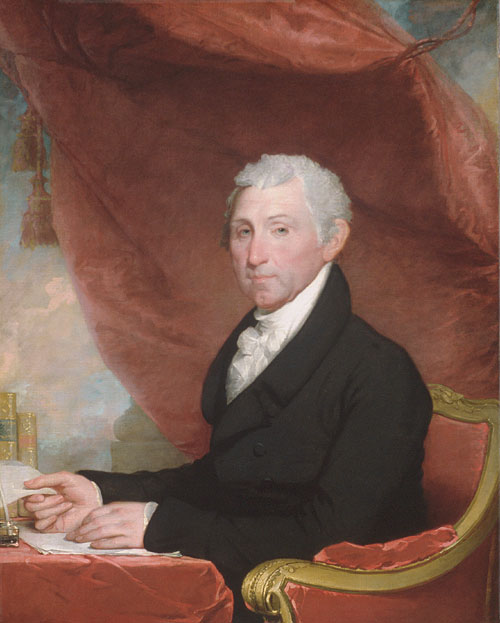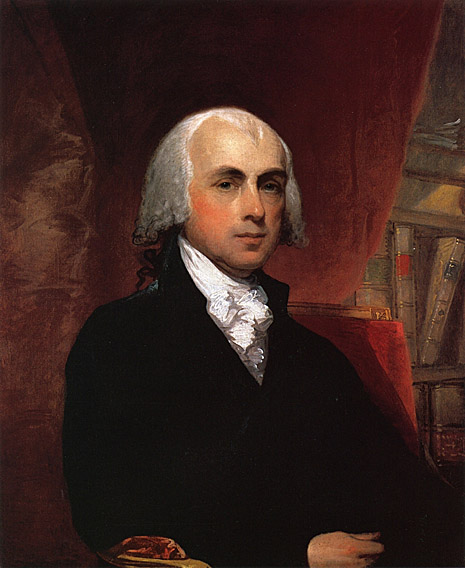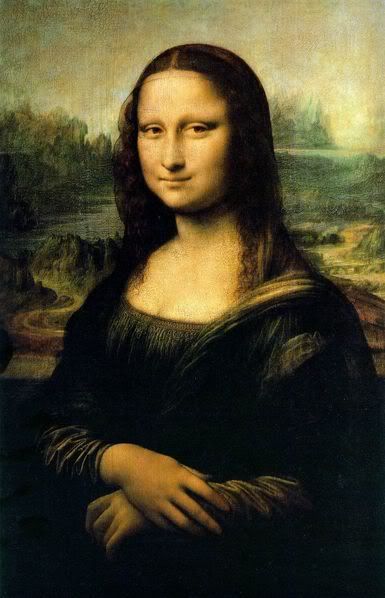 Presiding over the nation during a time of great strife, James Buchanan is the only president who never had a wife. And while he dined mighty fine at his many White House parties, biographers say that James retained a childhood taste for Scrapple, Confederate Pudding, and sweet Pennsylvania Dutch-German cookies called Apees.
Presiding over the nation during a time of great strife, James Buchanan is the only president who never had a wife. And while he dined mighty fine at his many White House parties, biographers say that James retained a childhood taste for Scrapple, Confederate Pudding, and sweet Pennsylvania Dutch-German cookies called Apees. Snickerdoodles are another traditional Dutch-German cookie that are covered with cinnamon and sugar and baked in the shape of a snail. Some historians say that their fanciful name comes from the German term schnecke knödel which can be translated as “snail dumpling.” Others say that “snicker” comes from the Dutch word snekrad or the German word schnecke, both of which refer to a small, snail-like shape.
Although no one knows who came up with their name, we do know that these sweet little sugar cookies have been popular in Buchanan's native state of Pennsylvania for centuries. If you'd like to whip up a batch of snickerdoodles this holiday season, here is a recipe to try from Emeril Lagasse:
For the topping:
3 tablespoons sugar
1/2 teaspoon cinnamon
For the cookie dough:
3 1/2 cups flour
1 tablespoon baking powder
2 teaspoons baking soda
1/4 teaspoon salt
1/4 teaspoon cinnamon
1 cup butter
2 cups sugar
2 eggs
1 tablespoon light corn syrup
2 1/2 teaspoons vanilla extract
In a small bowl, stir together the sugar and cinnamon and set aside. To make the cookie dough, stir together the dry ingredients. In a bowl with a paddle attachment, cream the butter. Add the sugar and continue to mix, then add the eggs, corn syrup, and vanilla, and mix thoroughly. Add the dry ingredients and mix until blended. Chill dough 1 hour if it's sticky or difficult to handle.
Preheat oven to 375 degrees F. Roll balls of dough about the size of a walnut then roll in the cinnamon sugar to coat. Place on an ungreased sheet pan 2 1/2 inches apart. Bake for 10 to 12 minutes until puffed up and the surface is slightly cracked. Let cool on the sheet a few minutes then remove to a wire rack to cool.
FOOD FACT: At Buchanan’s inaugural reception in 1857, more than 5,000 guests reportedly dined on "eight rounds of beef, seventy-five hams, sixty saddles of mutton, four saddles of venison, four hundred gallons of oysters, five quarts of jellies," twelve hundred quarts of ice cream, and more than $3,000 was spent on the wines - an astronimical figure at the time. But this was just a hint of the culinary excesses to come, and, during his four years in office, Buchanan’s annual $25,000 presidential salary wasn’t always enough to cover his tabs and he often had to pay for his extravagant "bachelor" parties at the White House out of his own pocket!




